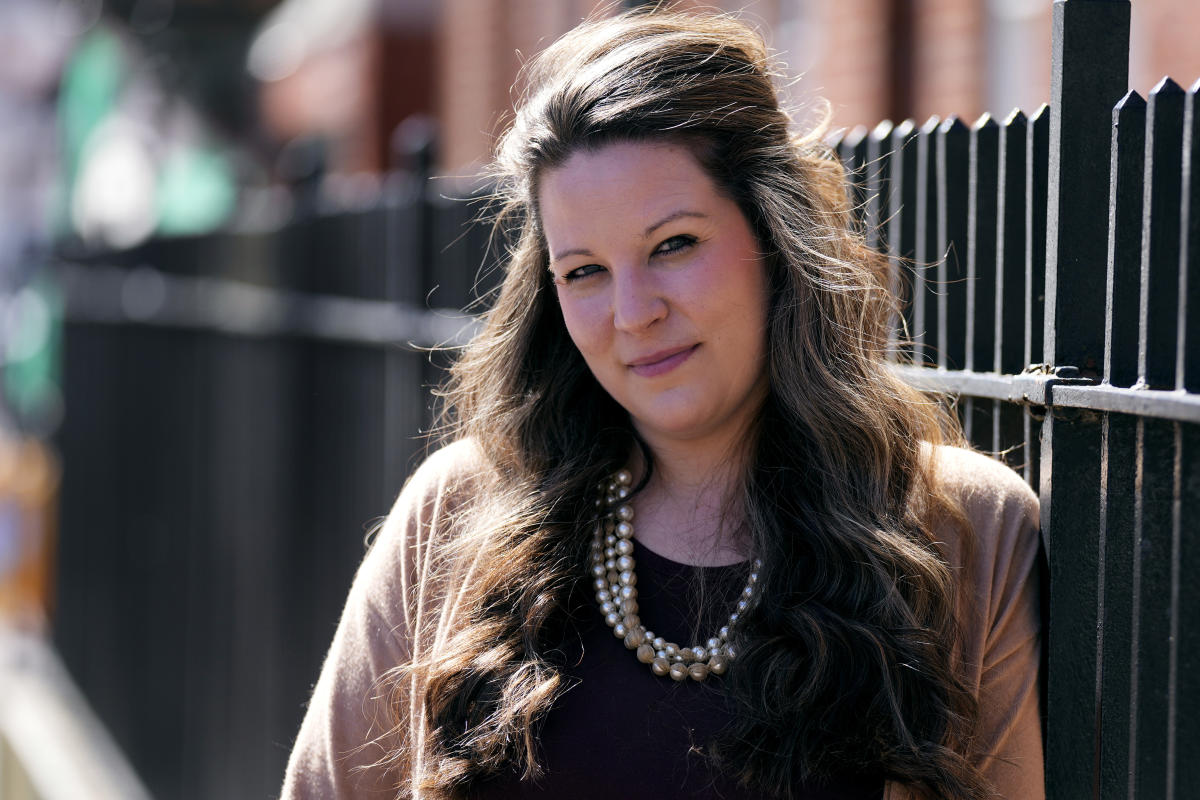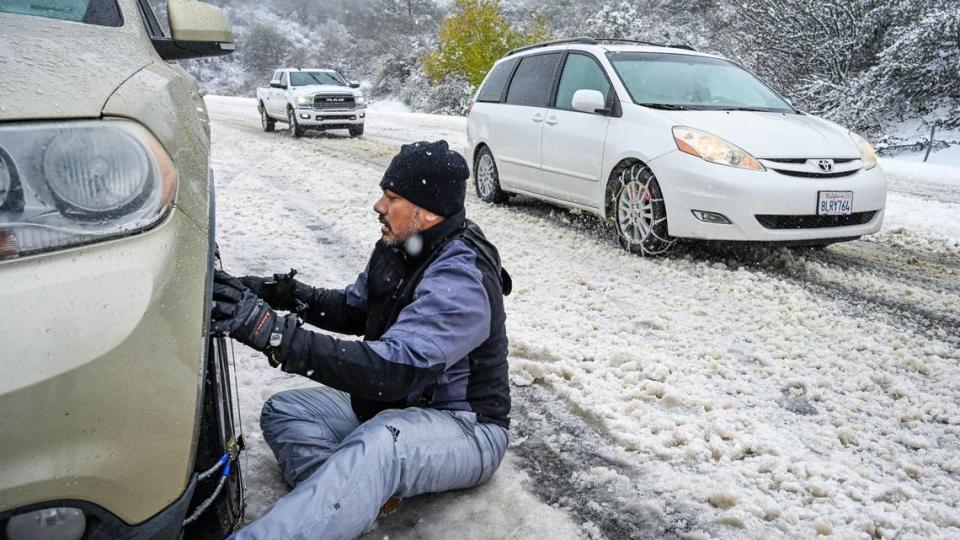Almost exactly a year after Wisconsin entered a period of drought that by some measures was the most severe on record, the state is finally drought-free.
The latest map from the U.S. Drought Monitor, released on Thursday, showed no more drought conditions across Wisconsin. A few counties in the far north, the center of the state and along the border with the Mississippi River are still experiencing abnormally dry conditions, but those are not classified as drought.
It’s a welcome sign for Wisconsinites, who experienced fire warnings, parched plants and crops and low water levels in streams and rivers last summer. A very soggy spring — the fourth-wettest on record in Wisconsin, according to the state’s climatology office — nourished the soil and brought the drought to an end relatively abruptly.
Experts say this flip-flop between excessively dry and excessively wet conditions is a key indicator of climate change, and that we’ll likely see more of it in the future.
Here’s what to know about the drought and our current conditions.
When did Wisconsin’s 2023 drought start?
After a wet spring that caused significant flooding across the state and on the upper Mississippi River, Wisconsin fell into a dry spell at the end of May 2023 that progressed into drought in June.
When it set in, it was characterized as a “flash drought,” which is the rapid onset or intensification of drought conditions. The drought ended similarly quickly after the heavy rains that swept the state, said Wisconsin state climatologist Steve Vavrus. Although dryness had disappeared already this spring in much of the state, far-northern counties weren’t getting as much rain and were the last to drop out of drought conditions, Vavrus said.
It’s not unusual for droughts to last about a year. Major Wisconsin droughts over the last 15 years have all lasted about that long, Vavrus said.
It’s also not unusual for them to end abruptly. It’s hard to break out of drought in the wintertime because soils are frozen, but once they’ve thawed, spring and early summer rains can usually take care of it.
How severe was Wisconsin’s drought?
The drought monitor classifies drought by a range of intensities. Last year, some places in Wisconsin reached the maximum intensity — exceptional drought — for the first time ever on record, Vavrus said.
Far-northern counties along the shore of Lake Superior experienced exceptional drought early in the summer, he said, and later on, the southwest region of the state experienced it too.
“The fact that we maxed out on the drought intensity for the first time is very noteworthy,” Vavrus said.
More: Midwest states, often billed as climate havens, suffer summer of smoke, drought, heat
By other measures, he said, this drought was similar to Wisconsin’s 2012 drought, which caused widespread crop losses and heat-related illnesses and deaths.
What about the rest of the Midwest?
Wisconsin wasn’t alone last year. Drought conditions crisped fields across the Corn Belt, a vital region for agricultural production. Droughts typically hold the biggest potential for crop yield losses, said Dennis Todey, director of the U.S. Department of Agriculture’s Midwest Climate Hub in Ames, Iowa.
More: Corn and soybeans suffer as forecasters expect no quick relief for farmers from Midwest drought
Today, most of that has eased, he said. As of Thursday, there weren’t drought conditions in any of the states that the Midwest Climate Hub tracks — Wisconsin, Minnesota, Iowa, Illinois, Missouri, Indiana, Ohio and Michigan.
That’s big news, especially in Iowa, Todey said, which previously had over 200 weeks of at least moderate drought.
We received so much rain. Was it too much?
As the rain fell, puddling in some farm fields, “I was concerned we were getting too much of a good thing,” Vavrus said.
More: Rain can cause farm runoff that pollutes waterways. This tool shows farmers exactly how it happens
Todey said he’s seen scattered reports of excess soil moisture, and that there may be places where farmers will have to replant seeds. Very wet conditions can also limit root development, he said.
Still, the land needed above-average rainfall to quench the drought conditions, he acknowledged, and the excess wetness shouldn’t be a widespread issue.
What does the drought’s end mean for agriculture, fire danger?
Spring rains were a buffer against a wildfire season that started fast and early, Vavrus said. Drought conditions worsened in March, and the state Department of Natural Resources had reported more than 200 fires by mid-month — far higher than usual for that time of year.
The rain suppressed that threat, easing fears that Wisconsin was in for a big wildfire season.
Overall, it should help crops grow, too. A little rain can moisten the soil near the surface, but big rains can replenish it much deeper down. Now, plants should have moisture four to five feet deep in the soil to access as they grow, Todey said.
Streams and rivers have filled back up too, Vavrus noted.
Madeline Heim is a Report for America corps reporter who writes about environmental issues in the Mississippi River watershed and across Wisconsin. Contact her at 920-996-7266 or mheim@gannett.com.
This article originally appeared on Milwaukee Journal Sentinel: Wisconsin drought-free after a year of severe dryness
Signup bonus from




